Why Is Finnish Early Childhood Education Considered the Best in the World?
Finnish early childhood education has captured the world's attention — and for good reason. From India to Vietnam, educators and parents alike are eager to understand what makes the Finnish model so unique. But is it really the best? And if so, what can we learn from it?
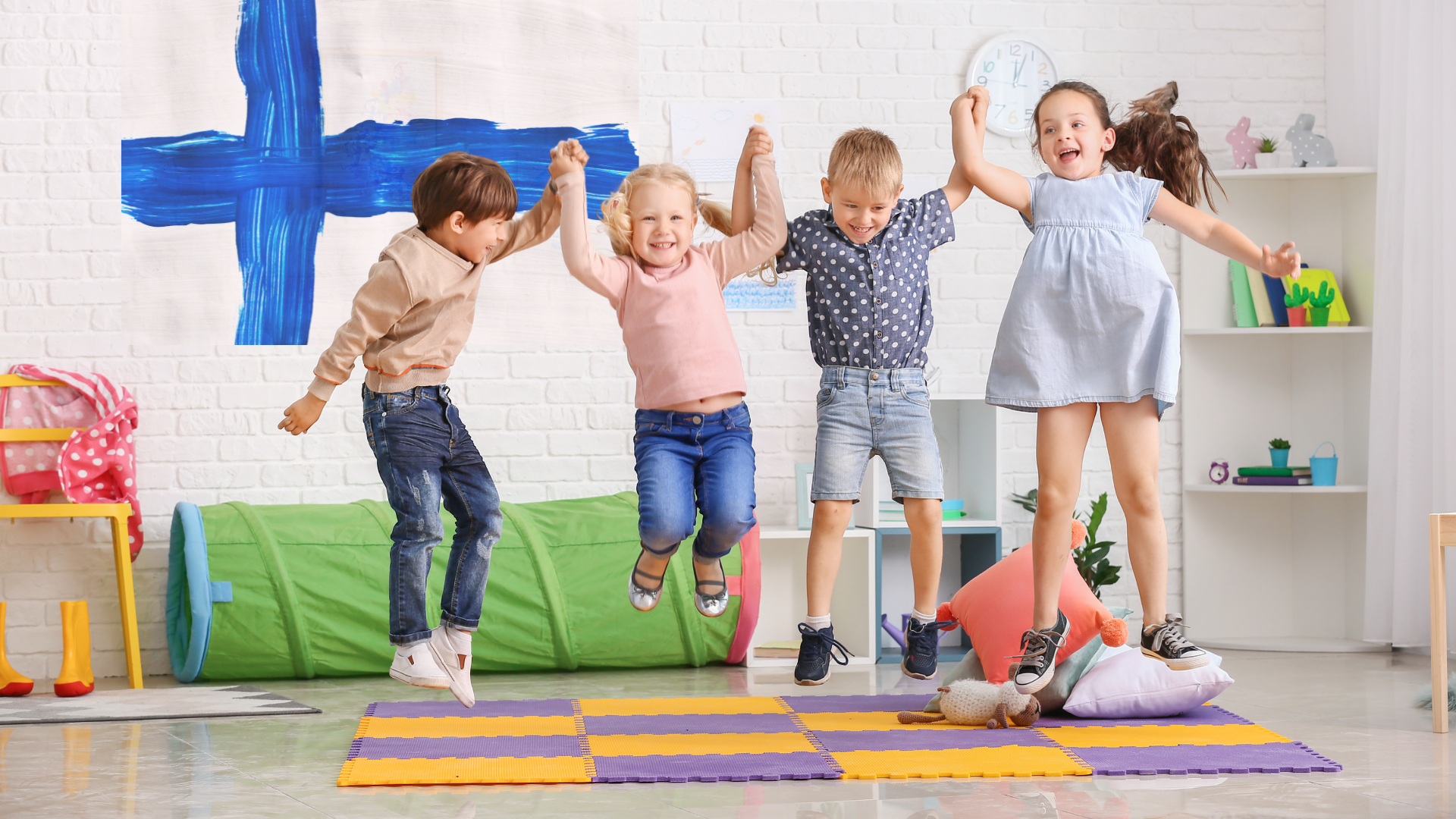
We are often asked: Why is Finnish early childhood education so highly regarded?
The answer lies in a combination of values, science-based practices, and a deep trust in both children and educators.
Let's take a closer look at what sets the Finnish model apart — and how kindergartens around the world can apply its core strengths.
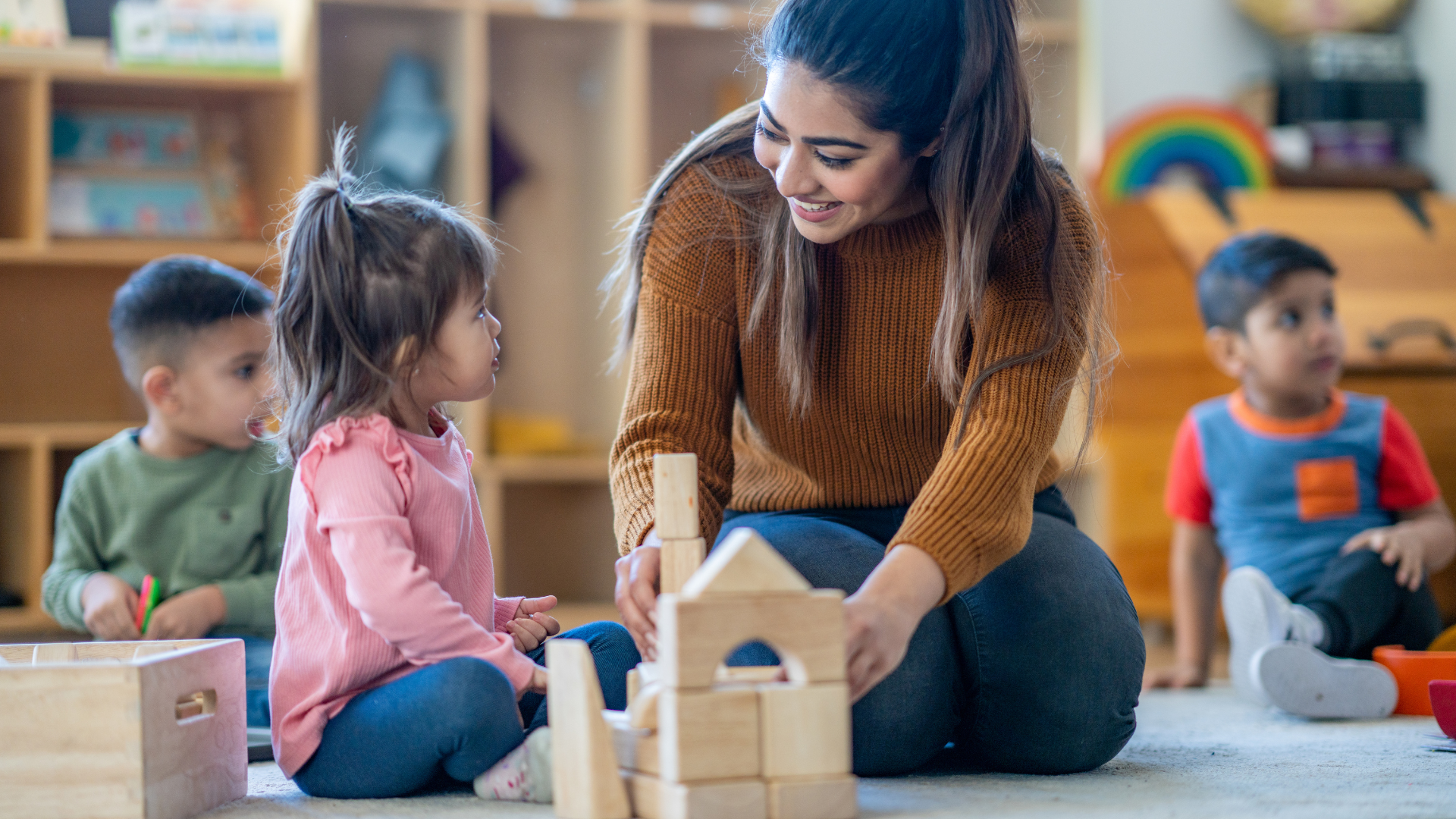
Focus on Well-being and Happiness
In Finland, the primary goal of early education isn't academic success — it's the well-being and happiness of the child. The national core curriculum highlights joy, play, and emotional safety as essential elements for healthy development and lifelong learning.
Research confirms this approach: Children learn best when they feel safe, supported, and free to explore the world through play. This makes Finnish kindergartens places of warmth and security, where children are treated as individuals, not small students.

No Pressure to Read and Write
Unlike many countries, Finland does not expect 4- or 5-year-olds to read, write, or count at a certain level. Instead, the focus is on supporting each child's natural curiosity and language development through stories, songs, and conversation.
Formal literacy instruction begins only when the child is developmentally ready — typically around the age of 7. And yet, by age 15, Finnish students consistently perform at the top in global literacy rankings. This proves that later is often better when it comes to learning.
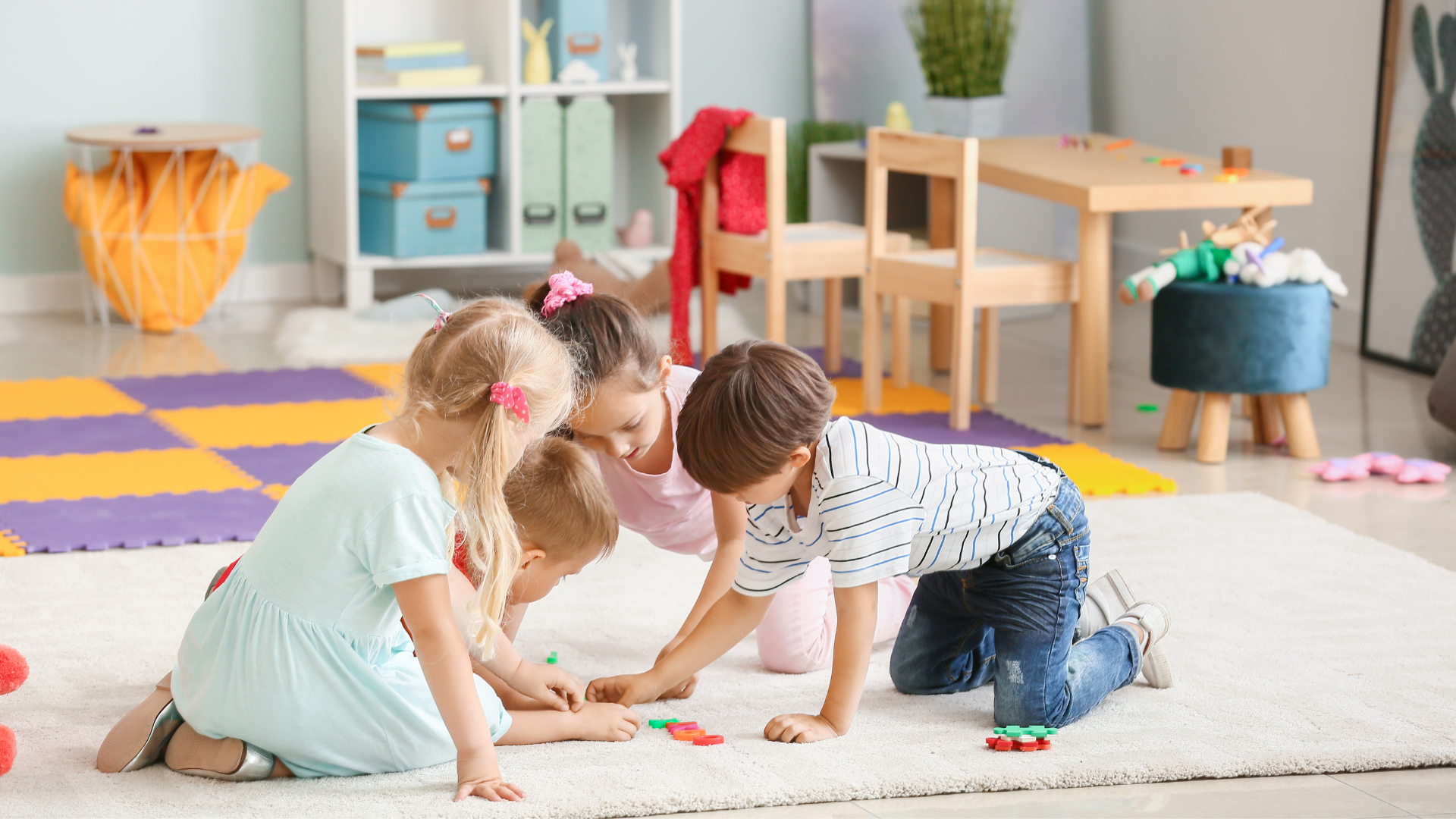
Play Is Learning
In Finland, play is not seen as separate from learning — it is learning. Through play, children develop language, motor skills, emotional intelligence, problem-solving, creativity, and collaboration. Teachers observe and support play as a meaningful and purposeful activity.
The environment is also carefully designed to encourage exploration: Open-ended materials, nature-based activities, and mixed-age groups are common in Finnish kindergartens.
Professional and Trusted Educators
Finnish early educators are highly qualified professionals. Every kindergarten teacher holds a university degree, and assistants are also trained in early childhood development.
Importantly, educators are trusted. There is no top-down micromanagement or standardized testing. Instead, teachers assess learning through observation and reflection — and are given the autonomy to do what's best for each child.
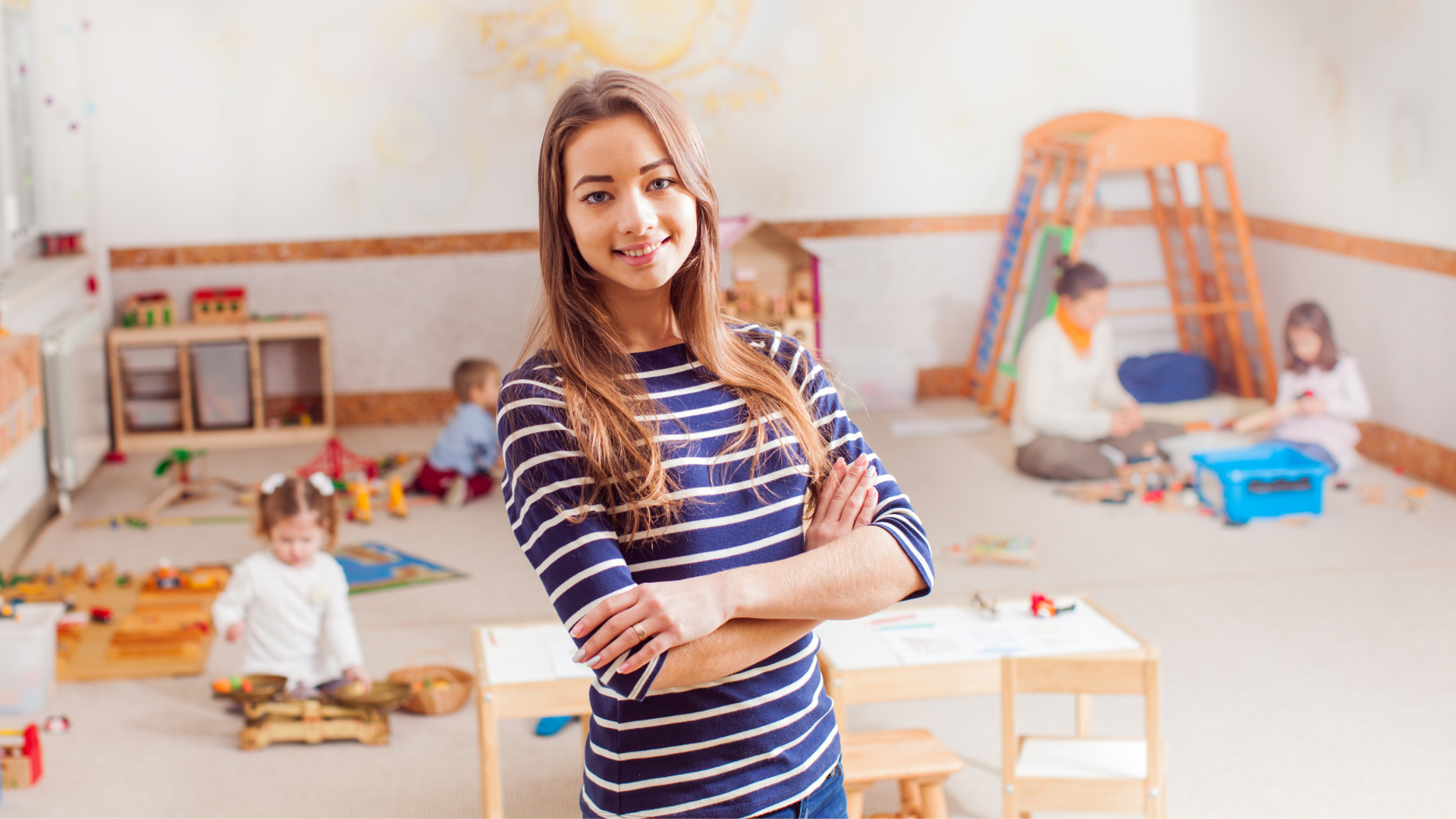
What Can the World Learn?
Countries around the world are beginning to recognize the importance of emotional safety, child-led learning, and developmentally appropriate practices.
The Finnish model reminds us that:
-
Early education is not a race, but a journey.
-
Children thrive when they are not pressured.
-
Play is not the opposite of learning — it is the foundation.
-
Trusting educators leads to better outcomes.
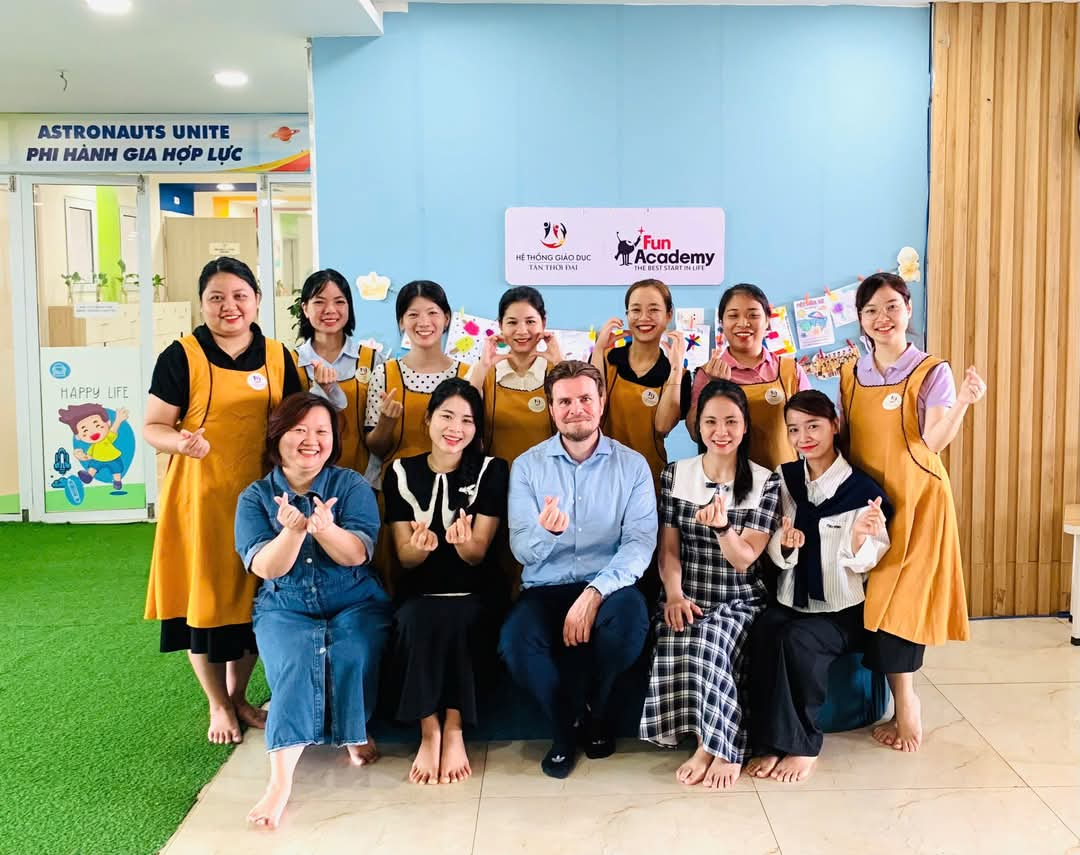
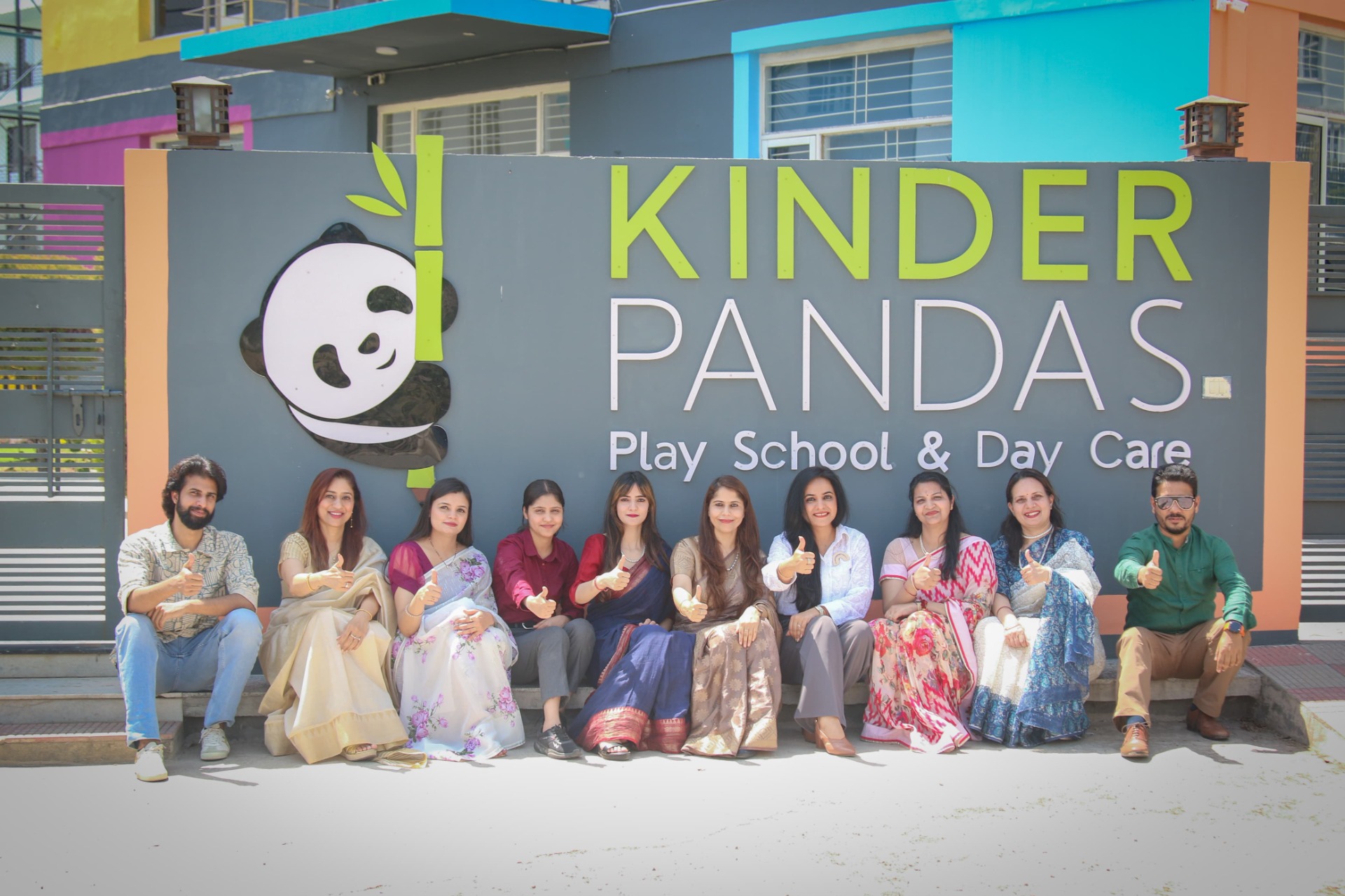
Bring the Finnish Model to Your Kindergarten
Looking for a simple way to bring the proven strengths of Finnish early education to your kindergarten or school?
The ONNI Program offers a practical, research-based solution for early education providers who want to raise their quality, attract new paying families, and stand out in a competitive market.
The program includes everything you need to implement a Finnish-style model:
-
A complete curriculum focused on children's well-being and holistic development
-
Practical lesson plans and teacher training
-
A self-assessment tool to track your progress
-
A parenting course to strengthen collaboration with families
-
The ONNI Certificate to signal quality to parents and partners
Whether you're running one kindergarten or a growing chain, the ONNI Program is your gateway to world-class early childhood education.
